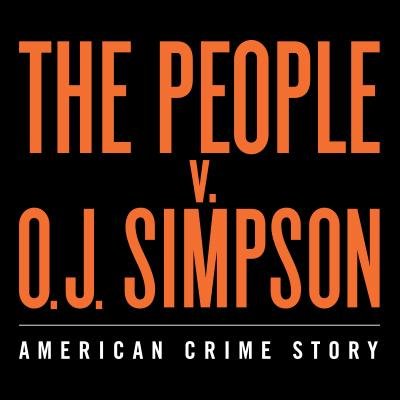The noise from the protesters is deafening. Officers in full body armor attempt to hold back an angry mob, but their defenses cave in. Clouds of smoke begin to accumulate in the windows of a strip mall just before it explodes. This is just one of nearly 1,000 blazes that will occur across Los Angeles over the next five days.
Such is how “American Crime Story: The People v. O.J. Simpson” begins; real-life TV footage from the 1992 LA Rodney King riots paints a portrait of a city in outrage. Everybody saw Rodney King get brutally beaten, and the courts still decided to let his killers walk.
Though it occurred nearly two years prior, the beating of Rodney King has everything to do with the O.J. Simpson trial. Not only does it help to position the dealings of the O.J. case within the context of a Los Angeles population familiar and fed up with the racist justice system they find themselves subject to, it also serves to accent the power and presumed impenetrability of that very same entity.
Further, it acts as somewhat of a hook for the 2016 viewership, showing that the racially charged killings we have grown to expect on the news have been going on for much longer than we might think.
The show, created and produced by the same team behind cult phenomenon “American Horror Story,” recreates a Los Angeles in which Robert Kardashian (David Schwimmer, in a rare television appearance) and Kris Jenner (an eerily exact Selma Blair) have just gotten divorced, and O.J. Simpson (a manic, charged Cuba Gooding Jr.) threatens to commit suicide in an adolescent Kim Kardashian’s bedroom.
The acting in the show, as it will surely soon be known as, is uniformly good, and the writing is certainly above average.
Neither of these reasons are why people will watch the show, however, and I would go as far as to say they barely matter at all.
Instead, the show will become a popular success because it caters to our newfound subconscious obsession with the justice system, and the many questionable injustices it commits.
The show finds itself in a young but burgeoning lineage alongside shows such as “Serial,” “How to Get Away with Murder,” and “Making a Murderer”; true crime and fictional shows that call into question one of our nation’s oldest and most powerful governing bodies.
Like many of these other shows, “American Crime Story” features a cast of characters who, even before they are presented with the facts of the crime, have made up their mind about the accused’s guilt or innocence. Unlike “Making a Murderer,” however, which takes place in a predominantly white town, the divide in “American Crime Story” is largely dictated by race.
The O.J. trial is famous for highlighting this dichotomy; two racial groups in the greater LA area split between defending the freedom of a black man and avenging the death of a white woman.
This illuminates again why King has everything and nothing to do with O.J. The two are bound together by the inverse relationship of their cast; in King’s case, the divide was between defending the freedom of four white police officers and avenging the gross injustice committed against a black man.







